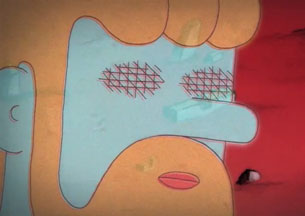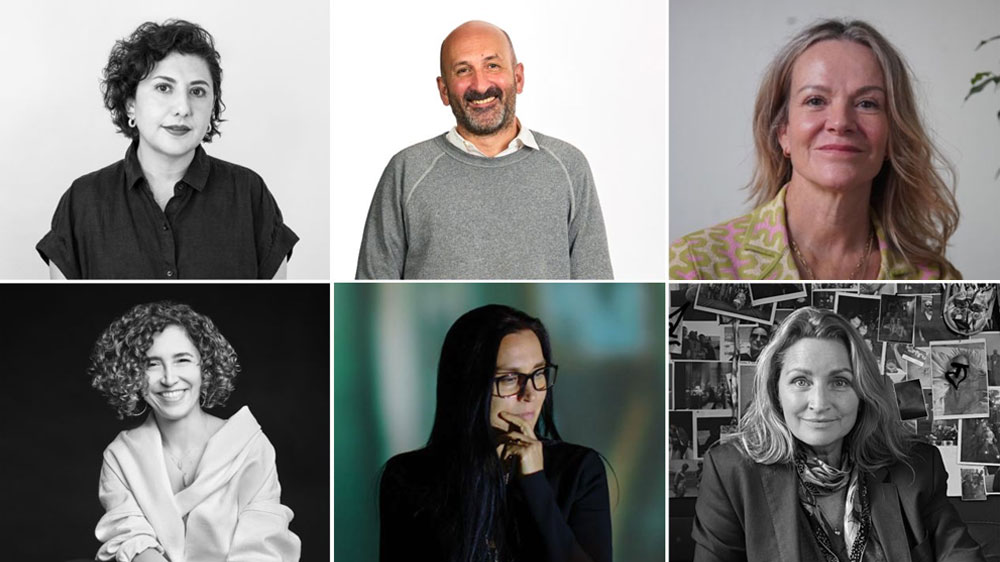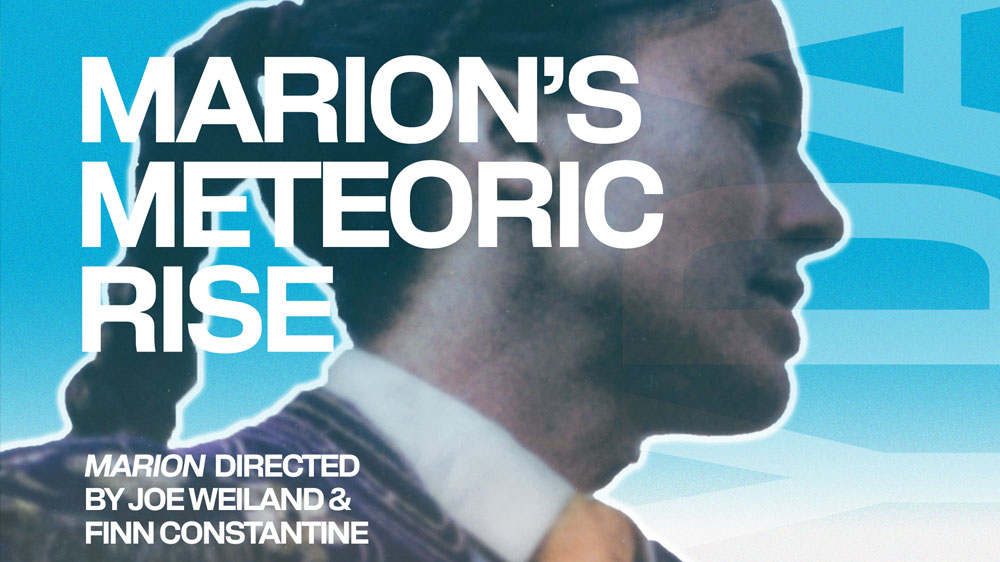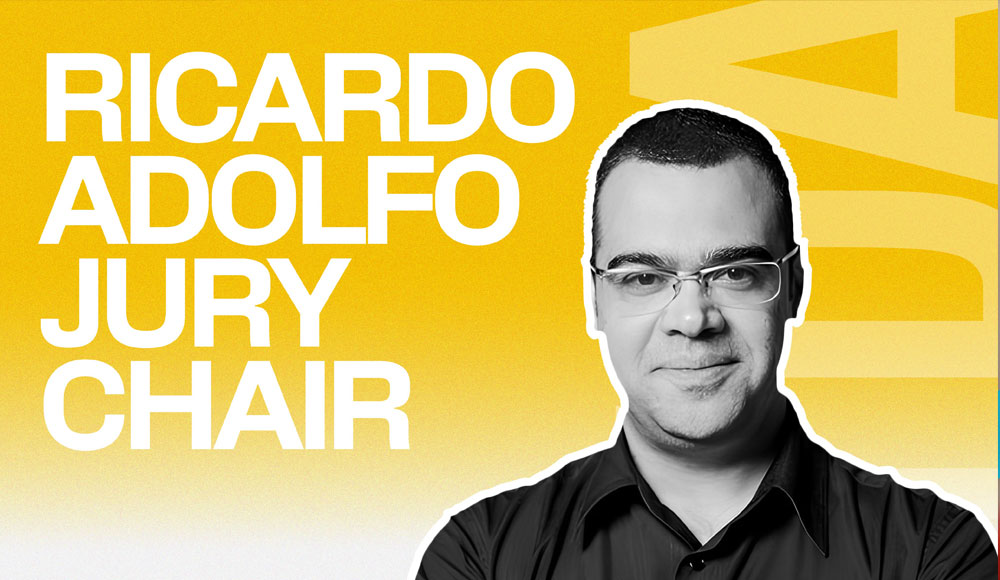Nicos Livesey is a director who has faced his fears – and the result is both joyous and retina-searing. Since venturing out of the relative safety and comfort of monochrome, Livesey has discovered a whole world of colour. We caught up with Livesey to find out more about his recent psychedelic outing for Ben Butler & Mousepad which combines hand drawn techniques with a mind-boggling stop-motion method, known as Strata-cut.
I was watching a few Rene Laloux films like Gandahar at the time and really got into the surrealness of the worlds and the landscapes he made. Then looking through David Daniel’s strata-cut animations and work from Sally Cruikshank, their both tripped out works. So when it came to making the video it subconsciously spliced a lot of that together.
What is your favourite character or scene from the video?
I think his dog is my favorite character, he’s slightly sinister and has a stupid face. It’s like his expressions are not the same as what he is trying to get across. So there is confusion. He’s trying to help, but comes across unhelpful, but is actually saving the man.
That’s probably one of the most frustrating things to experience, when someone reads your face wrong or your face does the wrong expression of what your trying to get across. Not fun.
It was quite intense and crammed full of different processes. I concentrated on creating as much tangible work as I could before combining it with a digital procedure – I have always preferred a hands on, physical approach to creating. It’s interesting creating something so obviously natural and real that can then be viewed as digital. Until it’s pointed out, that bridging of the real and rendered world is nice. One process this seemed to work seamlessly with, was the Strata-cut animation. It’s an extremely labour intensive process that creates amazing organic movement and absolutely mind boggling to see the things that can be achieved with it. All the backgrounds for the animation are made pieces. The beginning is hand drawn pencil landscapes followed by a felt-tip vortex and landing into the soft fleece land. The fleece land was a fantastic way to create these soft snowy, mallow like mountains. Each landscape was roughly drawn into simple frames, that we could then use as guides to recreate by merely folding and stuffing a simple piece of white fleece material. These forms where then photographed and used as the backgrounds and overlaid with monster faces to create the effect of living mountains. It was pretty hands on and pretty full on.
I used to be scared of using colour, I mainly worked in black and white. Then I just decided to have a go and got excessively excited with it and overloaded most of my work with garishness. Probably something to do with Memphis Design as well. I like the whole form not following the function.
What first drew you to animation? And what sort of work do you most enjoy doing?
It just happened, I never really thought “Oh that’s animation, I want to do that”. I guess as a tiny kid I watched a lot of animated shows and cartoons, but never viewed them as drawings or animation. I just sat, totally involved in those worlds and getting freaked out by Ren and Stimpy. And watching Muzzy just for the sake of it, not to learn another language. Films like the Nightmare Before Christmas really amazed me, mainly the whole making side of it. I spent hours in my room making retarded wooden cars and crappy spooky castles. So seeing those type of things used in a film and blatantly being models was great to see. I think the first time I saw animation being made was my brother making one for a school project about gladiators and he just got a load of lego men, did some pretty crass animation and piled it with ketchup. It was funny and vaguely instant.
You feel more involved with work if you can hold it, wear it or bring it to life.
To find out more about Nicos and his work check out http://nicoslivesey.blogspot.com/







